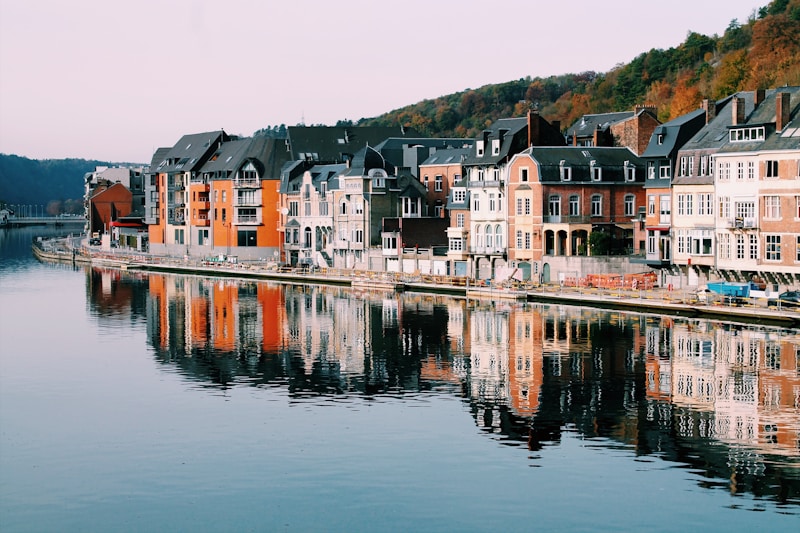9 Questions
What was the most important crop in Italy during the Middle Ages?
What was the typical field system in Medieval Europe?
What was the most important technological innovation for agriculture in the Middle Ages?
What was the main reason for the breakdown of the medieval system of agriculture in the 14th century?
Which animals were raised for meat during the Middle Ages?
What was the main cause of famines in medieval Europe?
What was the typical size of landholding for farmers in medieval Europe?
What was the heartland of feudalism in Northern Europe?
What was the impact of the Great Famine of 1315-1317 in northern Europe?
Summary
Agriculture in the Middle Ages: Key Points
-
The Middle Ages, also known as the Medieval Age or Period, lasted from the fall of the Western Roman Empire in 476 to approximately 1500.
-
The Feudal period began about 1000, and the agricultural population under feudalism in Northern Europe was typically organized into manors consisting of several hundred or more acres of land, presided over by a Lord of the manor, with a Roman Catholic church and priest.
-
Barley and wheat were the most important crops in most European regions; oats and rye were also grown, along with a variety of vegetables and fruits. Oxen and horses were used as draft animals. Sheep were raised for wool and pigs were raised for meat.
-
Crop failures due to bad weather were frequent throughout the Middle Ages, causing famines.
-
The medieval system of agriculture began to break down in the 14th century with the development of more intensive agricultural methods in the Low Countries and after the population losses of the Black Death in 1347–1351 made more land available to a diminished number of farmers.
-
The fall of the Western Roman Empire caused a "dark age" in western Europe, but the lot of the farmers who made up 80 percent or more of the total population may have improved in the aftermath of the Roman Empire.
-
The population declines of the 6th century, and, thus, a shortage of labor may have facilitated greater freedom among rural people who were either slaves or had been bound to the land under Roman law.
-
The Arab Muslim rulers of much of Al Andalus (8th through the 15th centuries) introduced or popularized a large number of new crops and new agricultural technology into the Iberian peninsula (Spain and Portugal).
-
The Roman system of villas and agricultural estates using partly slave labor was replaced by manoralism and serfdom. Feudalism was in full flower for most of northern Europe by 1000, and its heartland was the rich agricultural lands in the Seine valley of France and the Thames valley of England.
-
The open-field system was the typical field system in Medieval Europe. The landscape was one of long and uncluttered views. The arable land was divided into two fields or a three-field pattern. Common areas of wood and pasture as well as fallowed fields were used for communal grazing and wood-gathering.
-
The open-field system had a more individualistic, less-communal variant, usually prevalent in less productive areas for agriculture. The enclosed field system was found mostly in pastoral areas, areas of mixed farming and pasture, and more marginal farming areas.
-
Feudalism is generally regarded as having ended in western Europe around 1500, although serfs were not finally freed in Russia until 1861.
-
Medieval farming practices, however, continued with little change in the Slavic regions and some other areas until the mid-19th century.Agriculture in Medieval Europe
-
Farmers in medieval Europe held varying amounts of land, with 46% holding less than 10 acres, 33% holding 12-16 acres, and 20% holding a full virgate of land.
-
Thirty-two percent of arable land was held by the lord of the manor, with farmers required to work on the lord's land or pay rent.
-
Bread wheat was the most important crop in Italy, barley in northern Europe and the Balkans, and viticulture and olives were important near the Mediterranean Sea.
-
Livestock was more important in northern Europe, with cattle, pigs, and horses being vital as draft animals.
-
Crop yields were extremely low compared to modern times, with wheat production averaging 4.34 seeds produced for each seed sown in 1350-1399 in Sussex, England.
-
Medieval agriculture has been criticized for inefficiency and low productivity, with the open-field system often blamed for communal management inefficiencies and scattered strips of land.
-
Famines were a common danger in medieval Europe, often caused by extreme weather and climatic anomalies that reduced agriculture production.
-
The Great Famine of 1315-1317 affected 30 million people in northern Europe, with five to ten percent dying.
-
The mouldboard plow was the most important technological innovation for agriculture in the Middle Ages, enabling farmers to exploit the heavy clay soils of northern Europe.
-
The horse collar and horseshoe also came into general use around 1000, resulting in the horse becoming an alternative to slow-moving oxen as a draft animal.
-
These technological innovations and the resulting agricultural production increase led to a large population increase from 1000 to 1300 in Europe.
-
The increase in population was reversed by the Great Famine and the Black Death of the 14th century.
Description
Test your knowledge on agriculture during the Middle Ages with our quiz! From the feudal system to crop yields, this quiz covers key points on medieval agriculture, including the use of draft animals, common crops, and technological innovations. See how much you know about the open-field system, famines, and the impact of the Black Death on agriculture. Don't miss out on the chance to learn more about this fascinating period in history!



